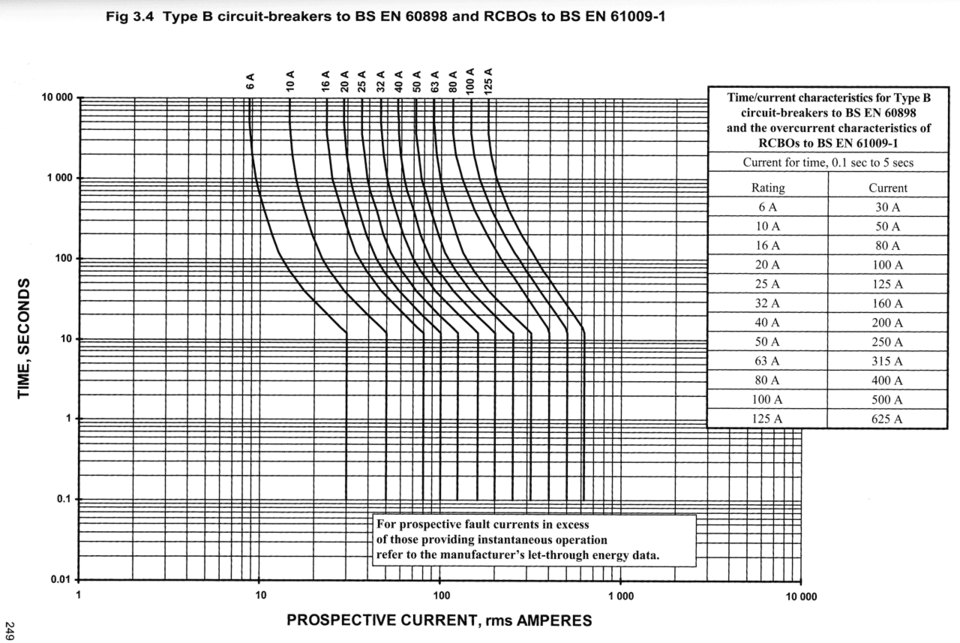It is very much for the worse. At this point in time my supply voltage is 247.5 volts, yesterday it was touching 250v, and since this heatwave has not been below 245v. Even in "normal" weather it rarely falls below 239v. .... Calculating at 230v is madness brought about by idiots.
I'm inclined to agree. Given that regulations generally cater for 'worst case' (often very unlikely) scenarios, I'm more than a little surprised that they don't require calculations to be undertaken at the extremes (minimum or maximum, as relevant) of permissible supply voltage.
It's not just at the high end. It took the regulations very many decades to recognise that fault protection needs to work right down to the minimum permissible supply voltage. They have now almost addressed that, requiring it to work down to 218.5V, albeit not yet right down to 216.2V (for some international/EU reason, I believe)
FWIW, my supply is similar to yours. Usually around 244-245V, and hardly ever below 240V.
Interesting why it rises in hot weather. I did wonder if it was all the solar panels, but it is still high after dark. Anyone?
Interesting question, and I have at least one additional suggestion. I've been carefully monitoring my electricity usage for some time and was intrigued to see that the night-time consumption on one of my phases had been appreciably and progressively falling for the last couple of months, despite nothing obvious having been changed (by me!) .....
On consideration/investigation, it seems that the reason was my water heating. It is heated by immersion during the night (cheap E7 hours) and used during the day. It appears that the cylinder could do with a bit more lagging (it already has a lot), since it seems that this phenomenon has been due to reduced heat loss from the cylinder (hence less heating required the next night) as the weather has warmed up. When I plotted this usage against Met Office figures for average daily temps in my area, there seems to be a pretty good correlation ...
... so that is perhaps one component of the explanation. Of course, fridges and freezers have to work a bit harder in hot weather, so I suppose that at least partially cancels out the water heating issue.
Kind Regards, John


